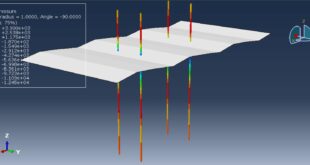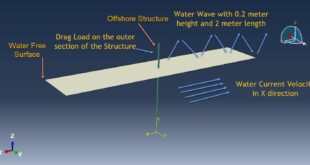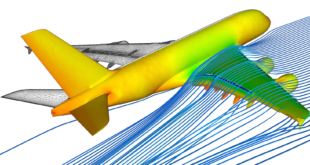Introduction to Tunnel and TBM Simulation in Abaqus
Abaqus is a powerful finite element analysis (FEA) software widely used in engineering and scientific research. It is particularly effective for simulating complex geotechnical problems, including tunnel construction and Tunnel Boring Machine (TBM) operations. Simulating tunnels and TBMs in Abaqus allows engineers to analyze stress distributions, deformations, and interactions between the TBM, surrounding soil, and tunnel lining. Simulating tunnels in Abaqus is a common practice in geotechnical engineering to analyze the behavior of tunnels under various loading conditions, including excavation, ground support, and external forces. Abaqus provides robust tools for modeling the complex interactions between the tunnel structure, surrounding soil or rock, and external loads. Below is a detailed guide to tunnel simulation in Abaqus
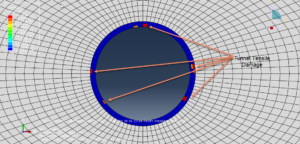
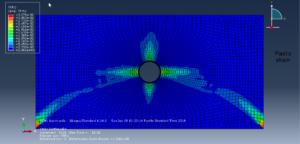
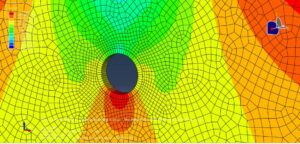
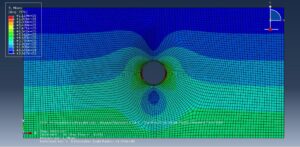
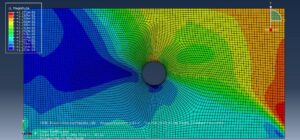
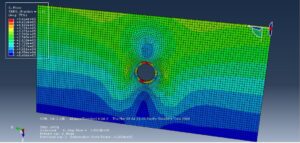
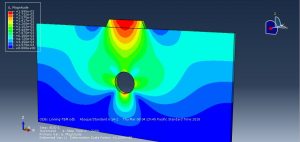
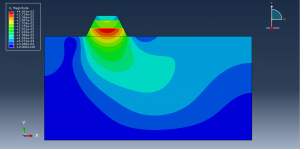
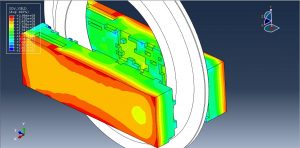
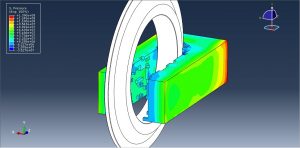
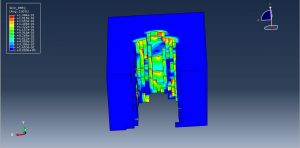
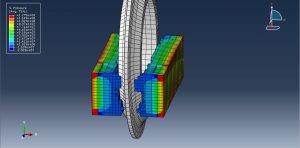
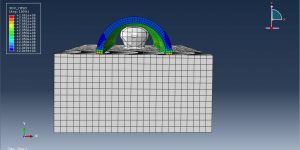
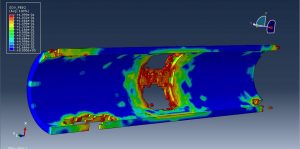
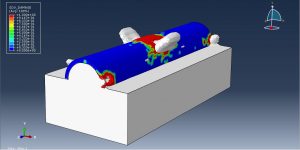
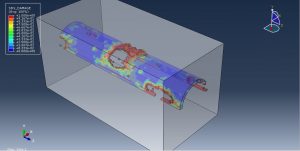
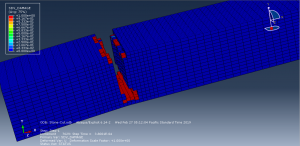
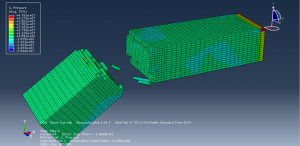
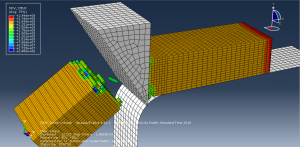
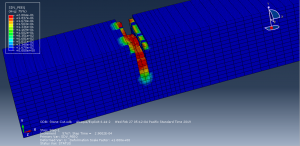
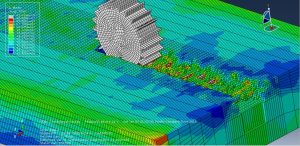
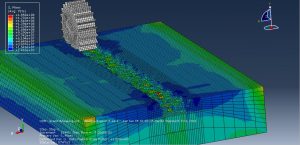
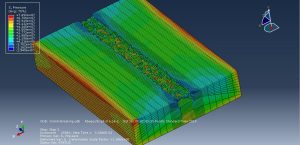
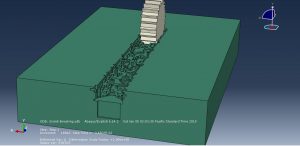
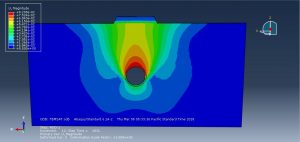
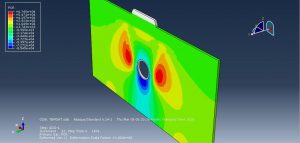
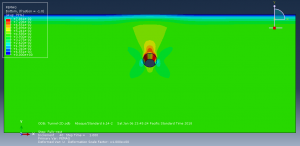
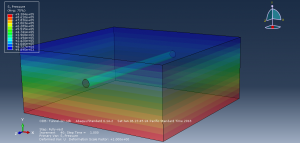
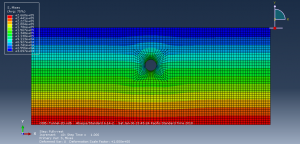
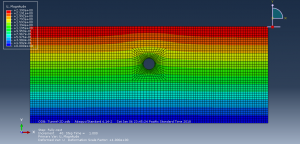
Key Components of Tunnel and TBM Simulation in Abaqus
Geometric Modeling
The tunnel geometry, including its diameter, shape, and alignment, is modeled in Abaqus
The TBM components, such as the cutter head, shield, and tail, can also be included for detailed simulations
Material Properties
The surrounding soil or rock is modeled using appropriate constitutive models (e.g., Mohr-Coulomb, Drucker-Prager, or more advanced models like the Hardening Soil model)
The tunnel lining (typically concrete or steel) and TBM components are assigned material properties such as elasticity, plasticity, and strength
TBM-Tunnel-Soil Interaction
The interaction between the TBM, tunnel lining, and surrounding soil is modeled using contact algorithms in Abaqus
Frictional contact is often used to simulate the interaction between the TBM shield and the soil
Analysis Types
Static Analysis: Used to evaluate the final stress and deformation states after tunnel construction
Dynamic Analysis: Used to study the effects of seismic loads or vibrations caused by TBM operations
Coupled Analysis: Used to model fluid-structure interaction (e.g., groundwater flow) or thermal effects
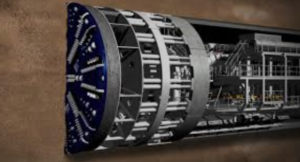
Applications of Tunnel and TBM Simulation in Abaqus
Stress and Deformation Analysis
Predict ground settlements and surface displacements caused by tunneling
Analyze stress concentrations in the tunnel lining and surrounding soil
TBM and Tunneling Performance Evaluation
Study the forces and torques acting on the TBM cutter head
Optimize TBM design and operation parameters
Design Optimization
Optimize tunnel geometry, lining thickness, and material properties
Assess the effectiveness of ground improvement techniques
Challenges in Tunnel and TBM Simulation
Complexity of Soil Behavior
Soil and rock exhibit highly nonlinear and time-dependent behavior, requiring advanced constitutive models
Large-Scale Models
Tunnel simulations often involve large domains, leading to high computational costs
Interaction Modeling
Accurately capturing the interaction between the TBM, lining, and soil is challenging but critical for realistic simulations
Validation
Simulation results must be validated against field data or experimental results to ensure accuracy
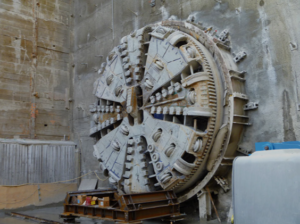
Tunnel and TBM simulation in Abaqus is a valuable tool for engineers and researchers to analyze and optimize tunnel construction processes. By leveraging Abaqus’s advanced modeling capabilities, it is possible to gain insights into the complex interactions between the TBM, tunnel lining, and surrounding soil, ultimately leading to safer and more efficient tunneling projects. Tunnel simulation in Abaqus is a powerful tool for analyzing the behavior of tunnels under various conditions. By accurately modeling the geometry, material properties, and interactions, engineers can gain valuable insights into the stability, deformation, and performance of tunnels, leading to safer and more efficient designs
 Abaqus tutorials Abaqus tutorials
Abaqus tutorials Abaqus tutorials
